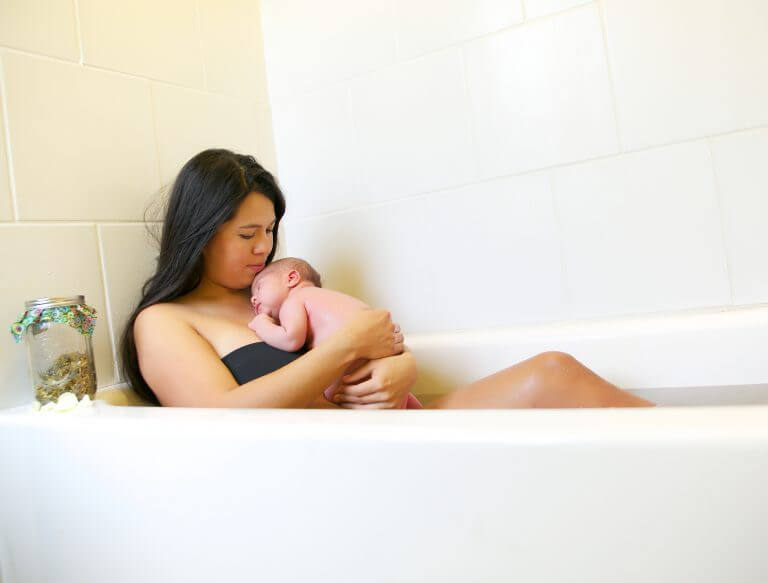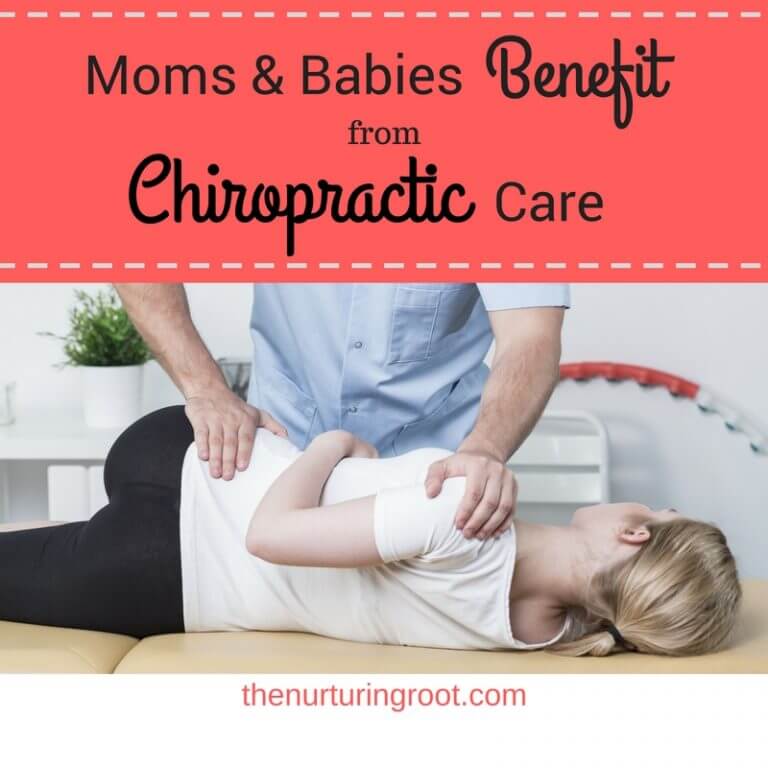The first 60 minutes after your baby is born are remarkably beneficial for bonding and attachment between mama and her new babe. What is the golden hour exactly? How can you maximize attachment and bonding in this hour? How long should skin-to-skin be established before those medical tasks and procedures are performed? These questions all point to this golden hour and its magical luster.
Congratulations! Your baby has been born. You have finally gotten a chance to gaze in their eyes for the first time after feeling all the pregnancy symptoms and baby’s movements. You are on the other side of labor and it feels so incredibly relieving.
That uninterrupted contact between mother and baby during the “golden hour” after birth is critical to the child’s growth and development. In the past, often times, the baby was whisked away from mother to perform all the essential procedures such as weight, bath, vaccinations (if consented by parents), diapering and swaddling. Mom would be waiting to receive her new bundle back once tasks were performed. Health care providers now understand and know that the more skin-to-skin mom can have with baby immediately after the birth, the better chance of bonding the mother will have and also the better overall experience the family will have as they embark on their new parenting journey.
The American Academy of Pediatrics now recommends the following guidelines:
- Healthy newborns should be placed directly “skin-to-skin” with mom until the first round of breastfeeding is established.
- The medical caregiver and the nurses can conduct the first round of physical assessments on mother’s chest.
- Conventional procedures such as weighing, baths, measuring, injections or blood tests should wait until after the first round of breastfeeding.
- Baby and mother should remain together throughout the recovery period.
So what exactly are the benefits?
- Giving birth generates changes in the mother’s brain chemistry and increases her desire to nurture. Taking advantage of this window is beneficial to both the mom and the baby.
- Skin-to-skin contact and the baby’s suckling at the breast releases hormones that help the mother connect to her child and also encourages the uterus to contract and stop bleeding.
- Nursing in the first hour, research has shown, improves infant survival rates and makes it more likely for the mother to continue breastfeeding
Expectant mothers can talk to their care provider about the standard procedures for this postpartum period. Your birth plan can also include these 60 minutes immediately following birth. Every mother and baby should have a chance to experience their “golden hour.”





